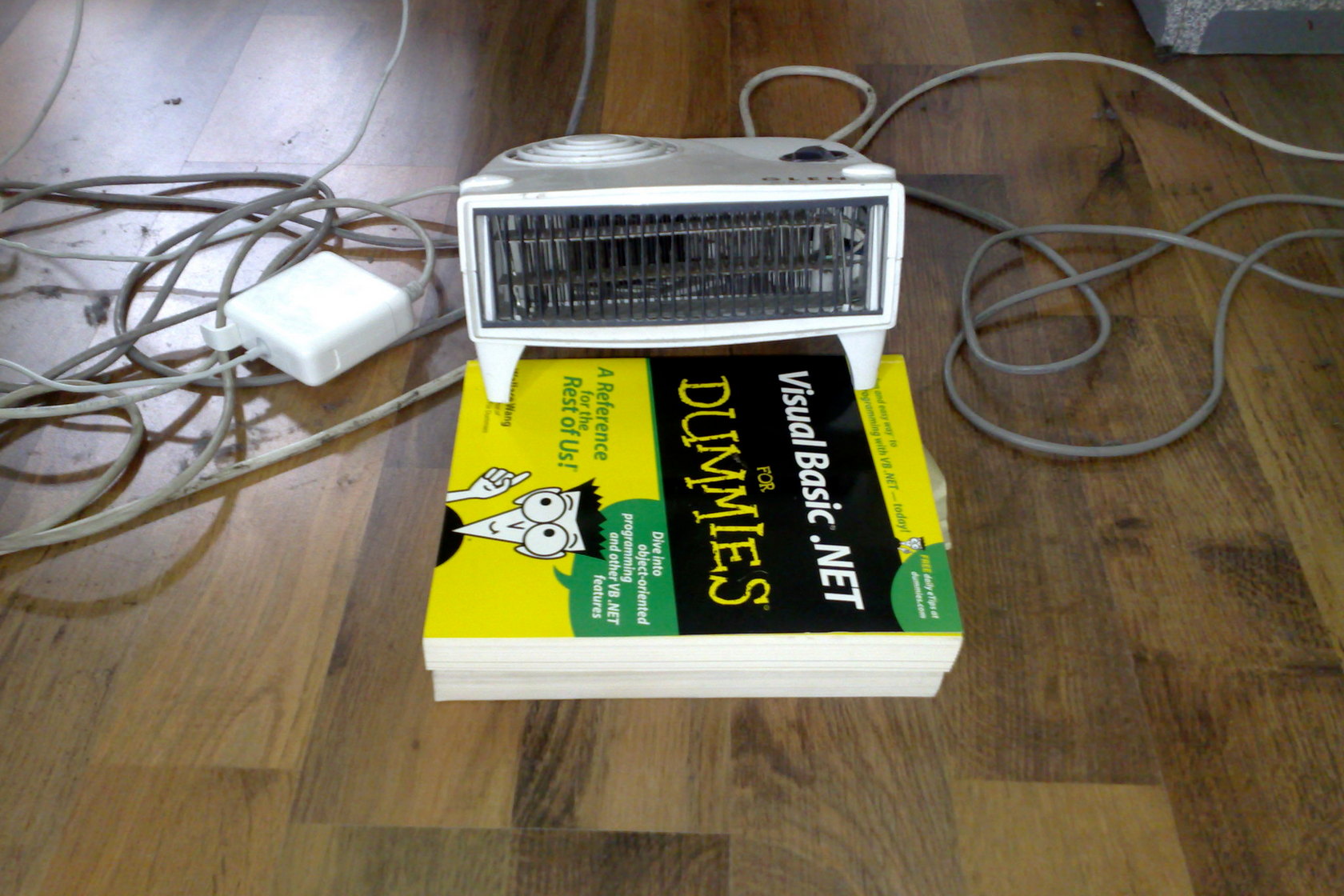I need to make a confession. Before I became a respectable developer working with modern languages like C # and Java (and the seething chaos we know as JavaScript), I was an avid fan of the incredibly popular and awkward Visual Basic.
My crush was sincere. As a child, I learned to program in the BASIC language. But not just BASIC. I started out with Microsoft’s awesome QuickBASIC environment on the ancient DOS operating system. I can still remember typing white text on her bouncy blue background.
For programming in 1988, QuickBASIC was magic. You could write code without cumbersome line numbers, catch syntax errors while typing, and run programs straight from the development environment without having to fiddle with the command line. After finishing the program, you could share it with your friends with the help of these guys:
Nowadays QuickBASIC remains just another curiosity from the distant past. Although is it so? A groundbreaking project called QB64 has created a state-of-the-art QuickBASIC replica. It runs on Windows, MacOS and Linux, and does not require an emulator. When running a program in QB64, the environment performs a tricky trick – it first translates the BASIC code into C ++ and then compiles it.
Classic VB and the Visual era
QuickBASIC was an impressive medium for the far days of text-based computer systems. But that all changed when Microsoft released Windows and immersed PC users in a graphical world of buttons and clicks. Concurrently with Microsoft’s release of Windows 3.0 (the first version to be truly successful), Visual Basic 1.0 was released.
All of these graphical gadgets were impressive, but the real secret of VB’s success was its practicality. There was simply no other tool in which a developer could sketch out a complete interface and start coding as quickly as in VB. While historians love to speculate about the visual side of Visual Basic, his inimitable skill had nothing to do with graphical widgets. VB became famous for its legendary edit-and-continue feature, which allowed developers to run programs, find bugs, fix them, and keep working with new code. This was strikingly different from almost all other programming environments known to mankind, forcing developers to compile work anew and start again after each change.


